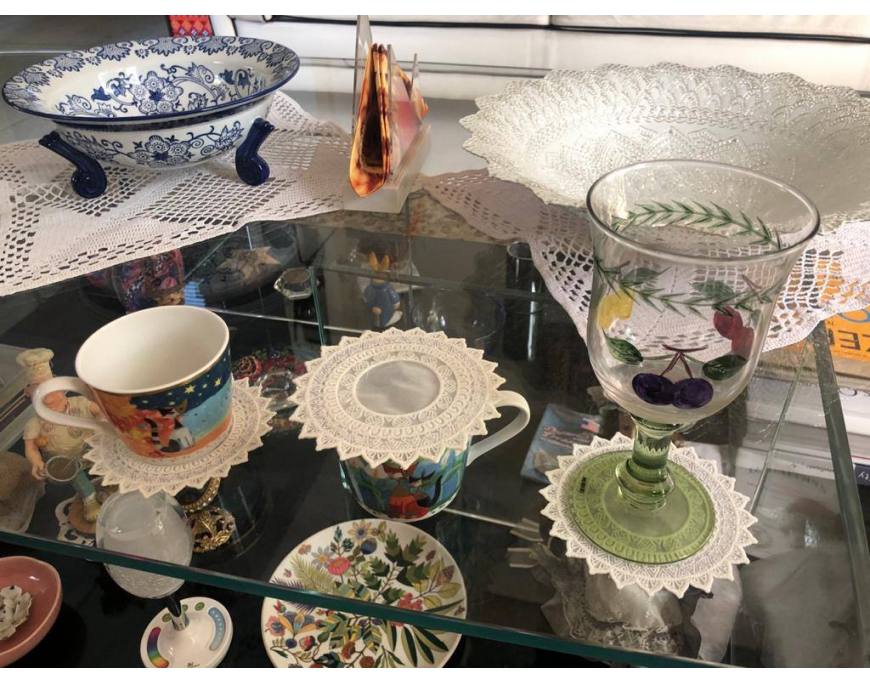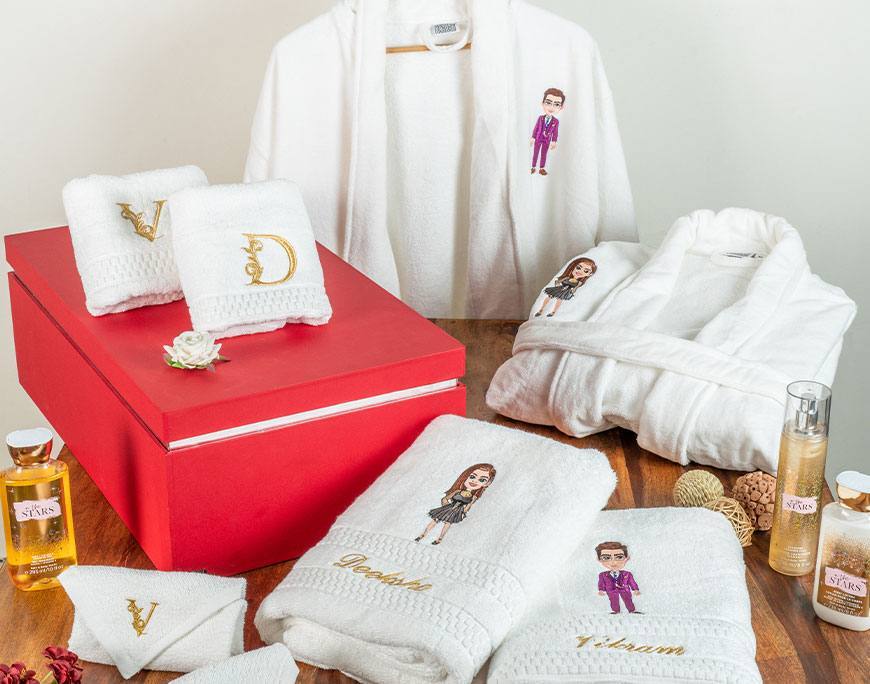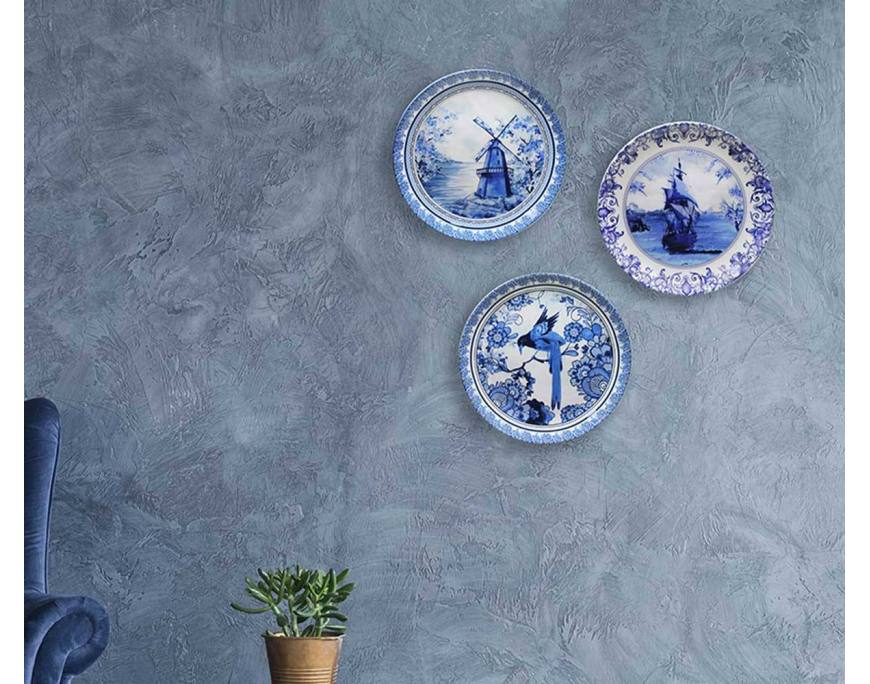A doily or doyley is a decorative mat made of perforated paper with patterns of tiny holes to put under dishes, coffee tea mugs, vases, etc. to protect the surface from scratches. Doilies are also used for decoration and accentuations on tables sideboards, window panes, arms of sofas or chairs, gadgets, and other expensive stuff showcasing prestige and craftsmanship. Intricate Doilies also introduce lively accents into the house highlighting the pieces of art, placed on them.
In all these years, Lace doilies took over as they demonstrated the art, skill, and daintiness of the maker adding a charming, Victorian touch and a warm hue to the home. The doilies these days are fringed & embroidered on linen, satin, silk, cotton, quilts, and some other luxurious materials for being able to be creatively designed, reused, versatility and timelessness if one is looking to dress up the interiors or also as a part of table etiquettes.
Placing doilies on your coffee tables, dining tables, corner tables, cornices or even bathroom counters make the area look elegant, stunning, and stylish. Beautifully embroidered doilies catch immediate attention versus placemats or tapestry pieces due to the creativity that goes into making them. The interesting part is that if one gets bored of seeing the same doilies every day, they can be converted into many other forms like candle holders, luminaires, table runners, lampshades, doily dream catchers, motifs on apparels and clothing, wall art, and much more impressive utilization. Now- days, beautiful, embroidered doyleys also run up for use as coasters for glasses, cups, cutlery setup on formal tables, under-the-finger bowls, and also as dressing for serving trays.
Why is it called a doyley?
Doiley is the last name of a 17th century London clothing Merchant, who designed summer clothing like the laced doilies that we know of today. Hence the name.
History of doilies.
Doyleys have a rich history and are in use for hundreds of years now.
The openwork doily that we see now is a product of the Victorian era, due to the production of cotton thread which most people could afford. Mercerization of cotton thread made it stronger, fit enough to be used as a crochet thread. Rather inexpensive laces made out of crochet fetched money to the impoverished woman during the famine of 1846.
In the 19th century, middle-class homes used these handmade laces and similar pieces to cover their stuff. This is when the doilies were born.
By the late nineteenth century, doilies were everywhere finding use in dining rooms, as protective covers under the expensive glasses, pitchers, etc, in bread baskets, centerpieces, cake platters, as covers for open food items, protection from oil for the chair arms and headrests, etc.
In the 20th century, the doilies were considered an important feature of a well-dressed table. Doilies were even touted as “conversation provoking” accouterments that would lead to “memorable table talk.”
By the early 1950s, the doily craze ebbed before World War II. With little space, fewer servants to help, women cooking and cleaning themselves, the need for disposable doilies arose which gave birth to paper doilies.
Today, laced & embroidered doilies appear to be making a comeback. Some people are creating them again, particularly in cloth materials due to Creative choices in colors and weights of thread or yarn are helping doilies leap from old-fashioned status to ultra-modern home décor.
Catchy delicate Readymade doilies are easily available nowadays with www.kolorobia.com.
Contact Us for Personalization +91 99999 02526




Leave a comment
This site is protected by reCAPTCHA and the Google Privacy Policy and Terms of Service apply.